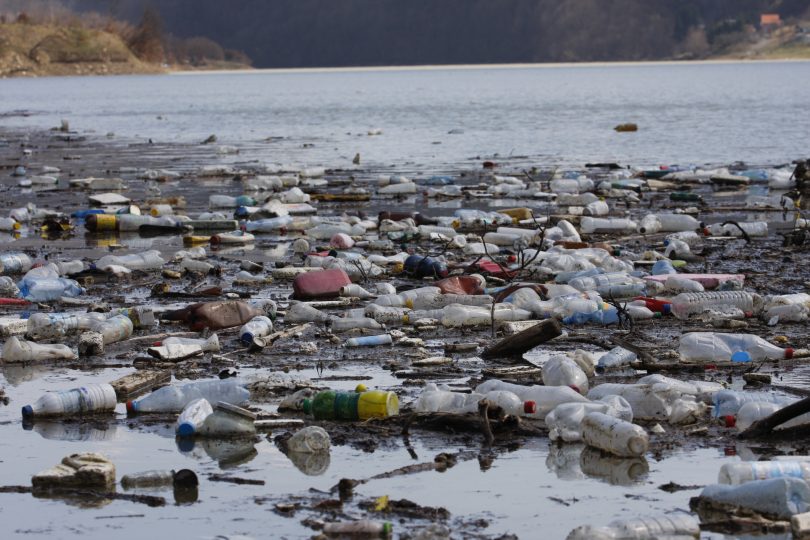That plastic pollution This waste is highly damaging to river ecosystems, and now there is more evidence of its risks to human health: scientists have discovered that it harbors many harmful bacteria and antibiotic resistance genes.
The study published today by the journal Microbiome, in which researcher Joseph Christie-Oleza of the Spanish University of the Balearic Islands participated, warns health risk from so-called “plastispheres” (ecosystems developed from plastics thrown into nature) in rivers around the world.
The researchers analyzed microbial community was found on the surface of a low-density polyethylene plastic film (mesoplastic accumulation between 5 and 25 millimeters) submerged in the Sowe River (England), at a point located one kilometer downstream of a wastewater treatment plant. wastewaterfor 7 days in February 2020.
The plates submerged in the river, on one side, contain completely new plastic samples, pieces of plastic previously degraded in the laboratory to mimic the breakdown that this material experiences in the natural environment after six months, and another surface with small sticks. from wood.
They then study and compare them microorganisms contained in a cup that was soaked for seven days with a sample containing only river water taken at the same place and on the same day.
The authors found that all samples had microbes have the potential to be pathogens, but the types of pathogens extracted from new and degraded plastic samples are different from samples that only contain river water.
All of the plastic samples contained “opportunistic” bacteria, so called because they can cause damage compromised immune systemincluding “Pseudomonas aeruginosa”, “Acinetobacter” and “Aeromonas”, while the water samples contained potential human pathogens such as “Escherichia”, “Salmonella”, “Klebsiella” and “Streptococcus”.
Likewise, they noted that even the microorganisms extracted from all samples contained resistance genes for the virus antibioticsThere are differences between the content in plastic and in water, as well as between various types of plastic.
By comparing the microbial communities growing on new plastic and degraded plastic, they found that the bacteria Pseudomonas aeruginosa, which can cause serious infection in hospitalized patients, the amounts were particularly high in degraded plastic samples.
In total, in laboratory experiments with the most clinically relevant antibiotics, they appreciated up to 48 genes resistance to antibiotics in microorganisms present in degraded plastics.
Researchers believe this may be because damaged plastic releases more carbon dioxide organic compounds which supports microbial growth compared to new plastic.
The authors emphasize the need to continue to investigate this matter risk plastic pollution in river ecosystems due to its ability to harbor potentially pathogenic microbes and release antibiotic resistance genes into the environment.

“Internet trailblazer. Troublemaker. Passionate alcohol lover. Beer advocate. Zombie ninja.”







